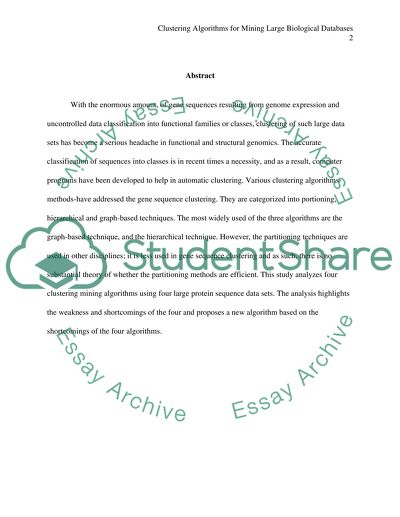Cite this document
(“Efficiency of Clustering algorithms for mining large biological data Research Paper”, n.d.)
Efficiency of Clustering algorithms for mining large biological data Research Paper. Retrieved from https://studentshare.org/information-technology/1401731-efficiency-of-clustering-algorithms-for-mining
Efficiency of Clustering algorithms for mining large biological data Research Paper. Retrieved from https://studentshare.org/information-technology/1401731-efficiency-of-clustering-algorithms-for-mining
(Efficiency of Clustering Algorithms for Mining Large Biological Data Research Paper)
Efficiency of Clustering Algorithms for Mining Large Biological Data Research Paper. https://studentshare.org/information-technology/1401731-efficiency-of-clustering-algorithms-for-mining.
Efficiency of Clustering Algorithms for Mining Large Biological Data Research Paper. https://studentshare.org/information-technology/1401731-efficiency-of-clustering-algorithms-for-mining.
“Efficiency of Clustering Algorithms for Mining Large Biological Data Research Paper”, n.d. https://studentshare.org/information-technology/1401731-efficiency-of-clustering-algorithms-for-mining.


